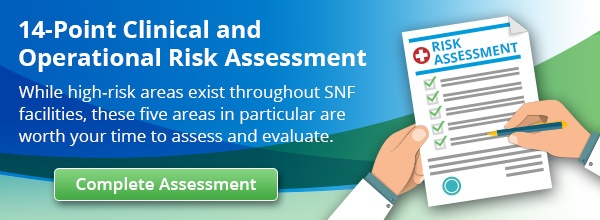- Solutions
- Accounting
- Additional Documentation Requests (ADRs) Management & Support
- Clinical Consulting
- EHR Implementation & Optimization
- Medicaid Eligibility
- Outsourced Contract Controller Services
- Outsourced Revenue Cycle Management
- PointClickCare® Consulting
- QAPI Consulting
- Resident Trust Fund Management & Advisory Services
- Revenue Cycle and Reimbursement Consulting
- Who We Serve
- Resources
- Careers
- About Us
- Contact

%20MODEL%20(ID%20136986).jpg?width=300&name=UNDERSTANDING%20DIAGNOSIS%20CODING%20UNDER%20THE%20NEW%20PAYMENT%20DRIVEN%20PATIENT%20CARE%20(PDPM)%20MODEL%20(ID%20136986).jpg) The new Medicare fee-for-service reimbursement model known as Patient Driven Payment Model (PDPM) will drastically change how reimbursement will be determined. In the past, the Resource Utilization Groups (RUG-IV) have determined reimbursement, in which the amount of therapy a resident received played a significant part in the amount of reimbursement the facility received for that resident. Reimbursement will transition away from the volume-based payments of RUG-IV toward the new PDPM model. With PDPM, ICD-10 codes will be a crucial driver for reimbursement.
The new Medicare fee-for-service reimbursement model known as Patient Driven Payment Model (PDPM) will drastically change how reimbursement will be determined. In the past, the Resource Utilization Groups (RUG-IV) have determined reimbursement, in which the amount of therapy a resident received played a significant part in the amount of reimbursement the facility received for that resident. Reimbursement will transition away from the volume-based payments of RUG-IV toward the new PDPM model. With PDPM, ICD-10 codes will be a crucial driver for reimbursement. 
